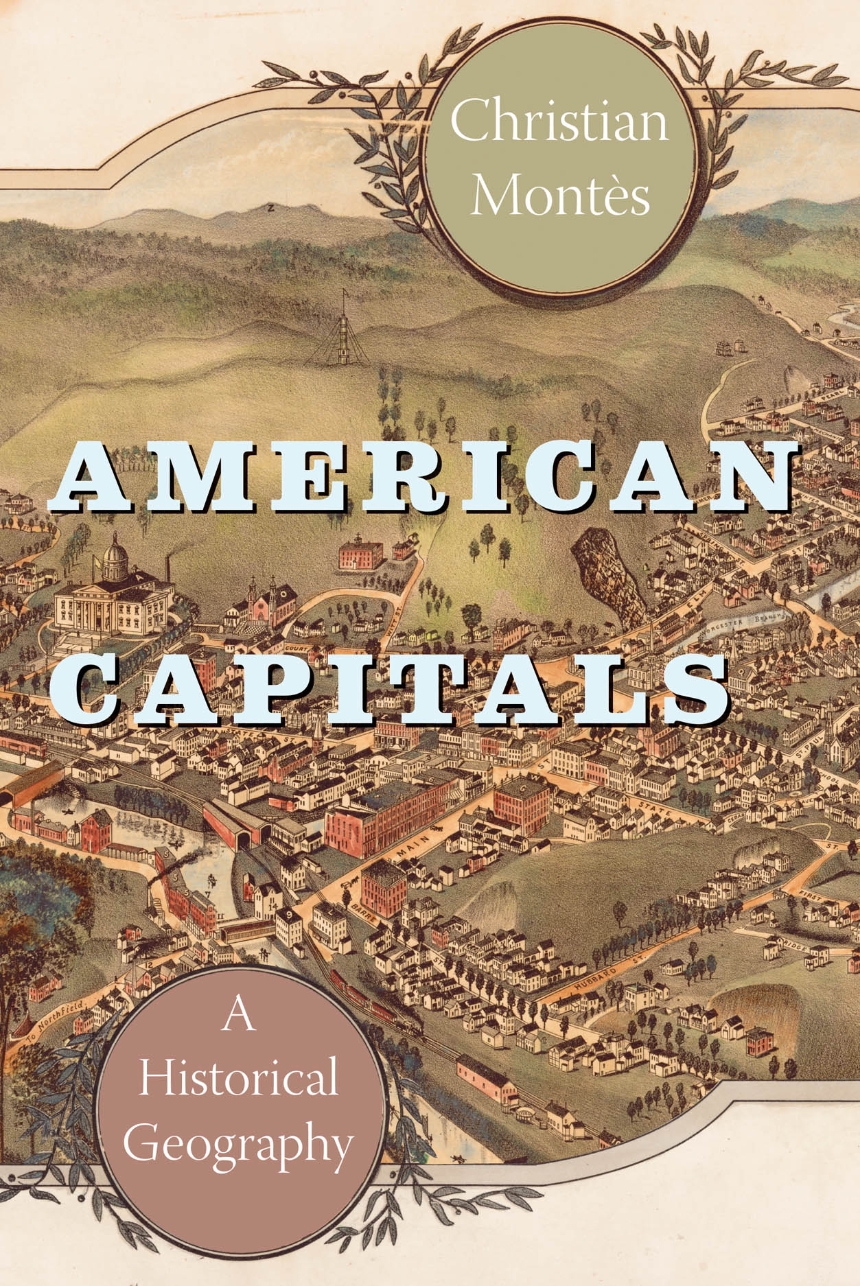American Capitals
A Historical Geography
State capitals are an indelible part of the American psyche, spatial representations of state power and national identity. Learning them by heart is a rite of passage in grade school, a pedagogical exercise that emphasizes the importance of committing place-names to memory. But geographers have yet to analyze state capitals in any depth. In American Capitals, Christian Montès takes us on a well-researched journey across America—from Augusta to Sacramento, Albany to Baton Rouge—shedding light along the way on the historical circumstances that led to their appointment, their success or failure, and their evolution over time.
408 pages | 21 halftones, 6 line drawings, 42 tables | 6 x 9 | © 2014
University of Chicago Geography Research Papers
Geography: Cultural and Historical Geography, Economic Geography, Social and Political Geography, Urban Geography
History: American History
Reviews
Table of Contents
1 Capitals: A New Light on American Cities and Territorial Processes
2 Capitals as Places of Memory
3 Geographical Patterns in the Migration of Capitals
4 In Search of Explanatory Models
5 Capital Choice and the Balance of Power
6 Evolution of State Capitals to the 1950s: The “Purgatory Years”
7 State Capitals since the 1950s: The Renaissance of Forgotten Cities
8 Validating Models through a Chronological and Concrete Analysis: Three Case Studies
9 Losing Status: The Place of Former Capitals in Today’s America
10 State Capitals Today: Symbols of American Democracy
Acknowledgments
Appendix 1: Demographic and Historical Tables
Appendix 2: A Brief Chronology of Colonial, Territorial, and State Capitals
Notes
References
Index